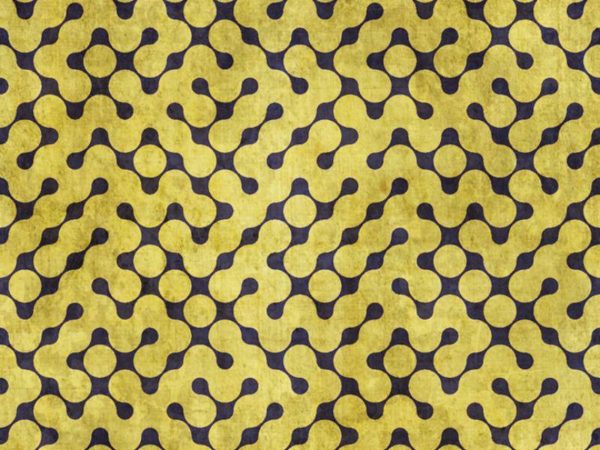Description
The cutoff concentrations for this test are: Phencyclidine, 25 ng/ml; Amphetamine, 1000 ng/ml; THC, 50 ng/ml; Cocaine (Benzoylecgonine), 300 ng/ml; and Opiates, 300 ng/ml. This assay is intended for use in clinical toxicology laboratories, PhysiciansÕ offices, drug of abuse clinics, law enforcement agencies and on-site workplace drug testing programs. This test provides only a preliminary test result. A more specific alternate test method must be used in order to obtain a confirmed analytical result. Gas chromatography/mass spectrometry (GC/MS) is the preferred confirmatory method. Other chemical confirmation methods are available. Clinical consideration and professional judgment should be applied to any drug of abuse test result, particularly when preliminary positive results are observed.
Phencyclidine (or PCP), also known as “Angel Dust”, is used primarily as a recreational drug for its hallucinogenic effects. PCP is commonly taken orally, by inhalation, by sufflation or intravenously. It is well absorbed by all routes of administration, concentrating fastest in fatty tissues and in the brain. Unchanged PCP is excreted in the urine in
moderate amounts (10% of the dose). The terminal half-life for PCP varies considerably, ranging from 8 to 55 hours, averaging 18 hours. The effects of this drug are unpredictable and variable. Users may exhibit signs of euphoria, anxiety, relaxation, increased strength, time and space distortions, panic and hallucination. Amphetamine and its metabolites are central nervous system stimulants whose pharmacological properties include alertness, wakefulness, increased energy, reduced hunger and an overall feeling of well-being. Large
doses and extended usage can result in higher tolerance levels and physiological dependency. Both D and L forms of amphetamine are controlled substances. 9-Tetrahydrocannabinol (THC) is generally accepted to be the principle active component in marijuana and hashish, although other cannabinoids are likely to contribute to their physiological activity. THC is rapidly absorbed by inhalation and by the gastrointestinal tract, and is almost completely metabolized. Its predominant metabolite is 11-Nor-_9-THC-_9-carboxylic acid (or THCA), which is found in the plasma, feces and urine along with other compounds. Very low concentrations of THC may be detected in urine during the initial several hours, but THCA persists in urine at a detectable concentration for many days after smoking. Cocaine is an alkaloid present in coca leaves (erythyroxine coca) whose pharmacological properties include alertness, wakefulness, increased energy and an overall feeling of euphoria. Cocaine has been used medicinally as a local anesthetic; however, its addictive properties have minimized its modern value as an anesthetic. Elimination of cocaine is predominantly controlled by its biotransformation; it is almost completely metabolized to benzoylecgonine. Very low concentration of cocaine may be detected in urine during the initial several hours, but enzoylecgonine persists in urine at detectable concentrations for 48 hours. Opiates are any of the addictive, narcotic, pain-relieving drugs derived from the opium poppy (Papaver somniferum). An opiate is any natural or synthetic drug that has morphine-like pharmacological actions. Opiates include morphine, heroine, codeine and nalorphine. Urine-based screening tests for drugs of abuse range from complex analytical procedures to simple immunoassay tests. The sensitivity and rapidity of the immunoassay have made them the most accepted method of preliminary screening for drugs of abuse in urine. This allows the laboratory to eliminate the large number of negative specimens and focus on the smaller number of initially positive samples. The QuickScreen Pro Multi Drug Screening Test is a competitive multi-panel immunoassay used to rapidly screen for the presence of drugs or drug
metabolites in urine.
QuickScreen_ Pro Multi Drug Screening Test is a chromatographic absorbent device in which drug compounds in a sample compete with drug / protein conjugate immobilized on a porous membrane for limited numbers of binding sites. The test device employs unique combinations of monoclonal and polyclonal antibodies to selectively identify drug compounds in urine with a high degree of confidence. QuickScreenª Pro Multi Drug Screening Test I RAP-3002 Vers. 1.0 Effective 2006/01 – rm – 2 – A test device is inserted into a sample cup containing the urine specimen. The urine then migrates up the device by phoresis, mixing with antibody / dye conjugate. When a target drug concentration is below cutoff (the detection sensitivity of a test panel), unbound antibody / dye conjugate binds to immobilized drug / protein conjugate in the Test Region (T) of the respective test panel, producing a colored Test Band which, regardless of its intensity, indicates a negative result. When a target drug is present in the sample at a concentration at or above cutoff, the antibody / dye conjugate binds the free drug, forming a complex which competes with the drug / protein conjugate immobilized in the Test Region (T) of the respective test panel. This prevents the development of the colored Test Band, indicating a potentially positive result. In either case, a colored Control Band is produced in the Control Region (C) by a non-specific sandwich dye / conjugate reaction. This band serves as a built-in quality control feature, demonstrating antibody recognition and reactivity as well as confirming that the procedure is complete.




